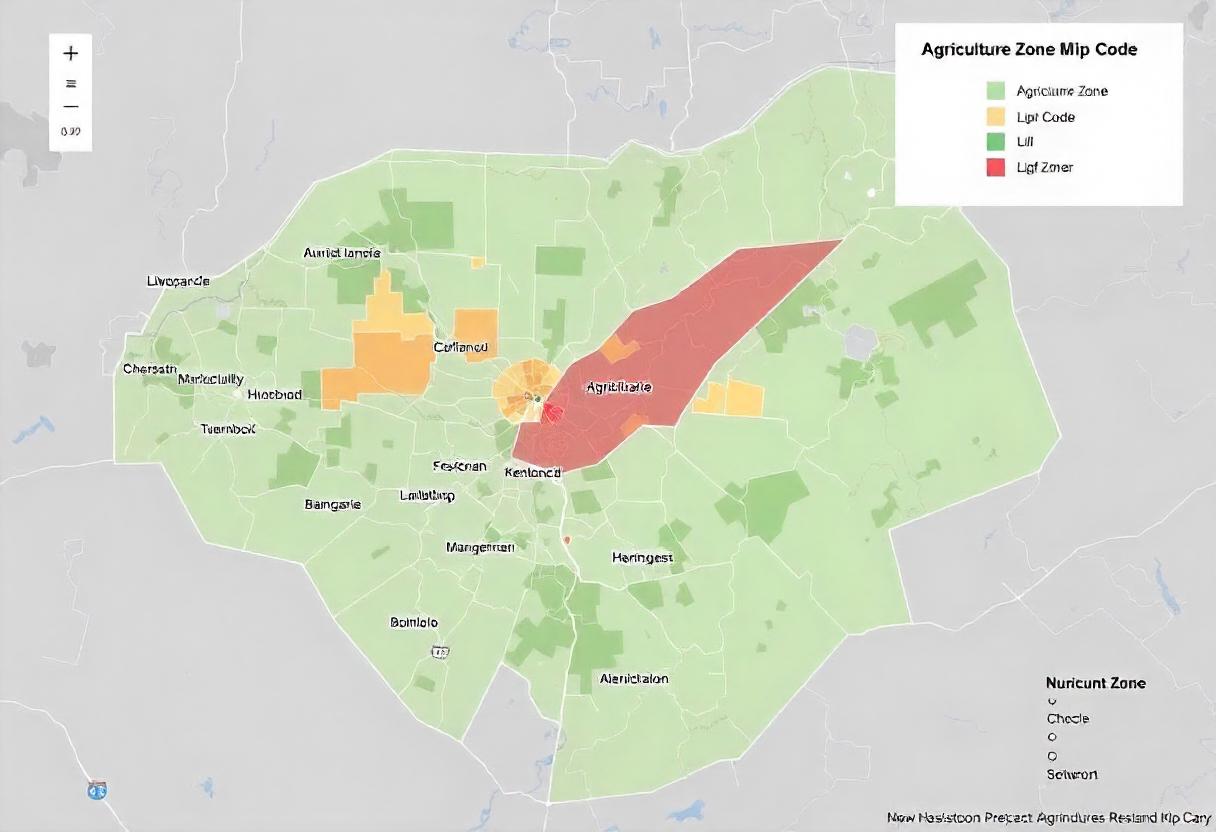
Agriculture zone maps are vital tools for farmers and gardeners, helping them determine the best crops to grow based on local climate conditions. One of the most convenient ways to access this information is through agriculture zone maps by zip code. These maps break down large geographic areas into specific zones, enabling individuals to understand the climate patterns and growing conditions relevant to their exact location.
What Is an Agriculture Zone Map?
An agriculture zone map, often referred to as a plant hardiness zone map, classifies regions based on the average annual minimum temperature. These zones help farmers, gardeners, and landscapers decide which plants and crops can thrive in a particular area. The most widely known is the USDA Plant Hardiness Zone Map, which is used across the United States to guide agricultural decisions.
How Agriculture Zone Maps by Zip Code Work
By entering a zip code into an agriculture zone map tool, users can quickly pinpoint their exact hardiness zone. This process is particularly useful in regions where microclimates cause temperature variations over small areas. Using the zip code ensures accuracy, helping farmers understand how their specific location compares to surrounding regions.
These tools use historical climate data, such as average annual extreme temperatures, frost dates, and rainfall patterns, to assign each zip code to a specific agricultural zone. For example, a location in Southern California might be in USDA Zone 9, while a zip code in Minnesota could fall into Zone 4, each reflecting vastly different growing conditions.
Benefits of Agriculture Zone Maps by Zip Code
Precision in Crop Selection
One of the key advantages of using agriculture zone maps by zip code is the ability to select the right crops for local conditions. For instance, crops that require longer growing seasons can be planted in warmer zones, while cooler climate crops are better suited for areas with lower zone numbers. Using the right zone ensures that crops will survive and thrive throughout the growing season.
Targeted Growing Seasons
Knowing the growing zone helps farmers determine the length of the growing season in their area. In zones with colder winters, crops that can withstand frost, such as cabbage or spinach, may be chosen for early planting. Conversely, warmer zones might allow for multiple harvests per year or longer growing windows for heat-tolerant plants.
Adaptation to Climate Change
As climate patterns shift, agriculture zone maps by zip code can help farmers adapt to new conditions. For instance, as warmer temperatures extend into previously cooler areas, farmers may need to adjust their crop choices and planting schedules accordingly. These maps provide an updated snapshot of how climate change is influencing local agricultural conditions.
The USDA Plant Hardiness Zone Map
The USDA Plant Hardiness Zone Map is a widely used tool for determining agriculture zones by zip code. The map divides the United States into 13 zones based on the average annual minimum temperature. These zones range from Zone 1 (the coldest) to Zone 13 (the warmest), with each zone further divided into ‘a’ and ‘b’ subzones, which indicate slight variations in temperature.
Using Zip Codes for Local Climate Information
In addition to zone maps, there are tools that allow users to enter their zip code and receive detailed information about their local climate, including frost dates, rainfall averages, and temperature variations. These tools can complement agriculture zone maps by providing additional insights into the best planting times and crop varieties for specific locations.
Regional Variations and Microclimates
While agriculture zone maps by zip code provide useful general information, it’s important to consider local variations in climate. Microclimates, which are small areas where climate conditions differ from the surrounding region, can affect growing conditions. For example, an urban area might retain heat differently than a rural area, creating a warmer microclimate. Similarly, areas near bodies of water may experience moderated temperatures compared to inland regions.